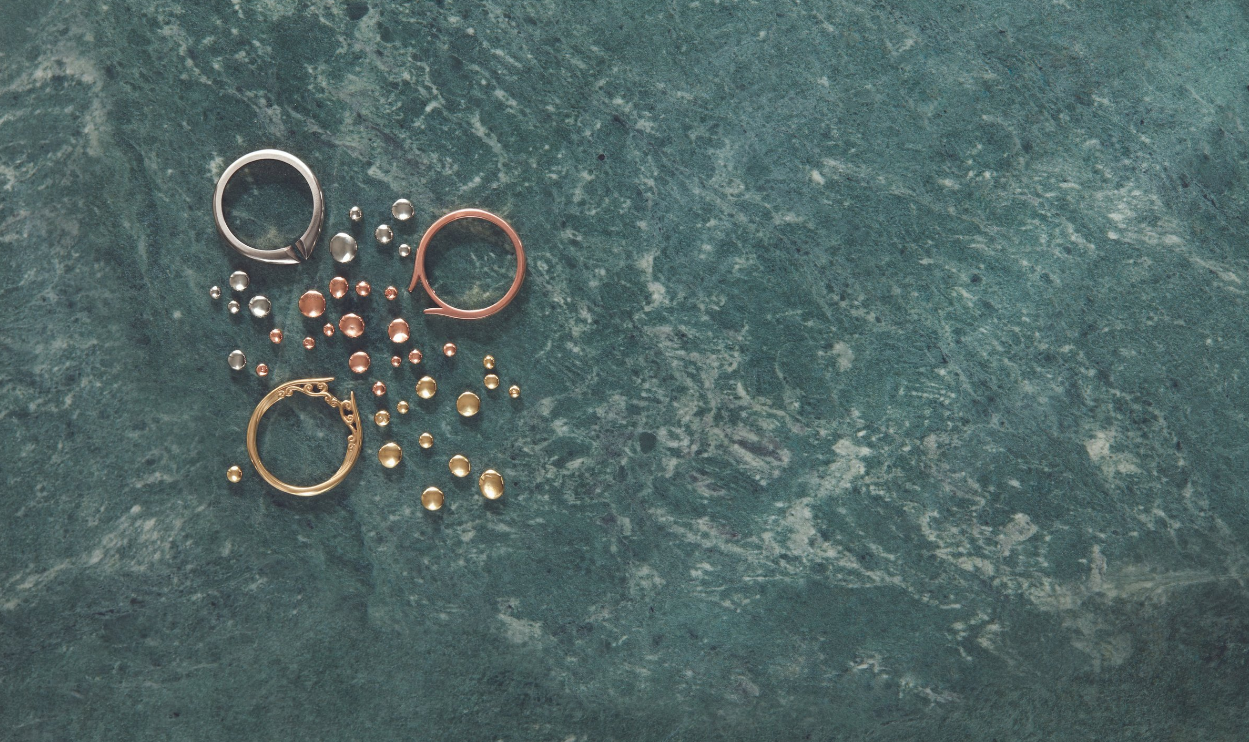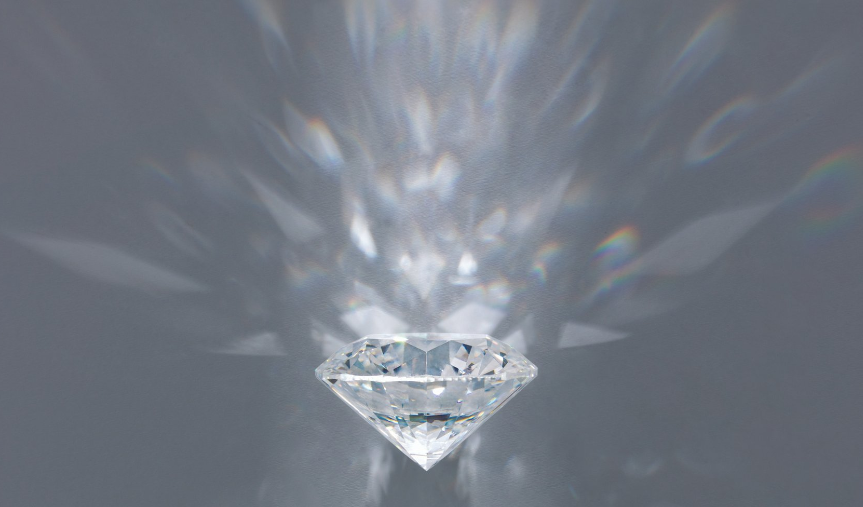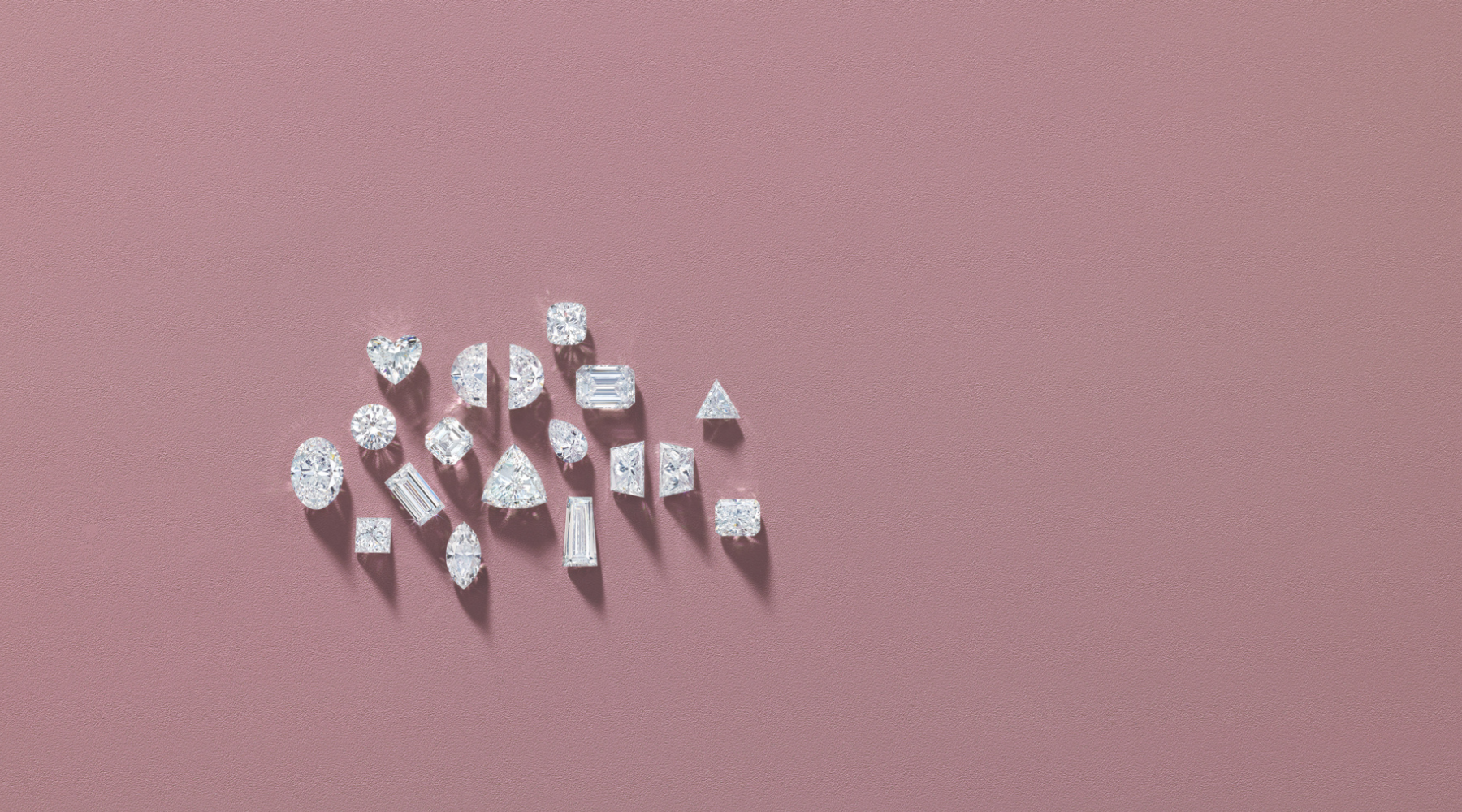
Precious Metals
GOLD (Au) 24 Karat gold is a dense, malleable precious metal that is bright yellow in color and can be polished to a high luster. In its pure form it is considered too soft and not suitable to use in jewelry. Gold is commonly mixed with other metals, or alloys, to create a wide range of color variations and working properties. White gold is a silvery-looking gold alloy that contains gold mixed with palladium, nickel, or sometimes zinc to achieve its color. White gold has yellow undertones and is commonly rhodium-plated to create a whiter appearance. The plating will eventually wear away at which time it can be replated. X1 White Gold is a super white alloy that does not require rhodium-plating. • 24 Karat gold fine (99.7% gold). • 18 Karat gold is 18 parts gold or 75% pure gold content, which may be marked as 750. • 14 Karat gold is 14 parts gold or 58% pure gold content, which may be marked as 585. • 10 Karat gold is 10 parts gold or 41% pure gold content.

PLATINUM (Pt) Platinum is a dense, malleable metal that is white in color with cool undertones. It is almost always used in its purest form in jewelry, 95%. Platinum is substantial in weight. Comparatively, a ring in platinum will weigh almost 60% more than the same ring in 14kt gold. For these reasons a platinum ring is significantly more expensive than the same item in a gold alloy.
PALLADIUM (Pd) Palladium is a member of the platinum metal group and is a soft, silvery-white color with slightly gray undertones. It is also used in an almost pure form in jewelry, 95%.
SILVER (Ag) Silver is a soft, lustrous metal that is very malleable and silvery-white in color. Sterling silver is a common alloy comprised of 92.5 % silver and 7.5 % copper. Continuum™ sterling silver is an alternative that is 92.5% pure, resistant to oxidation, and harder. Continuum™ sterling is suitable for gem setting and offers added longevity.
CONTEMPORARY METALS A variety of metal alternatives offer lower cost options for use in jewelry. Rings created from contemporary metals cannot be sized.



